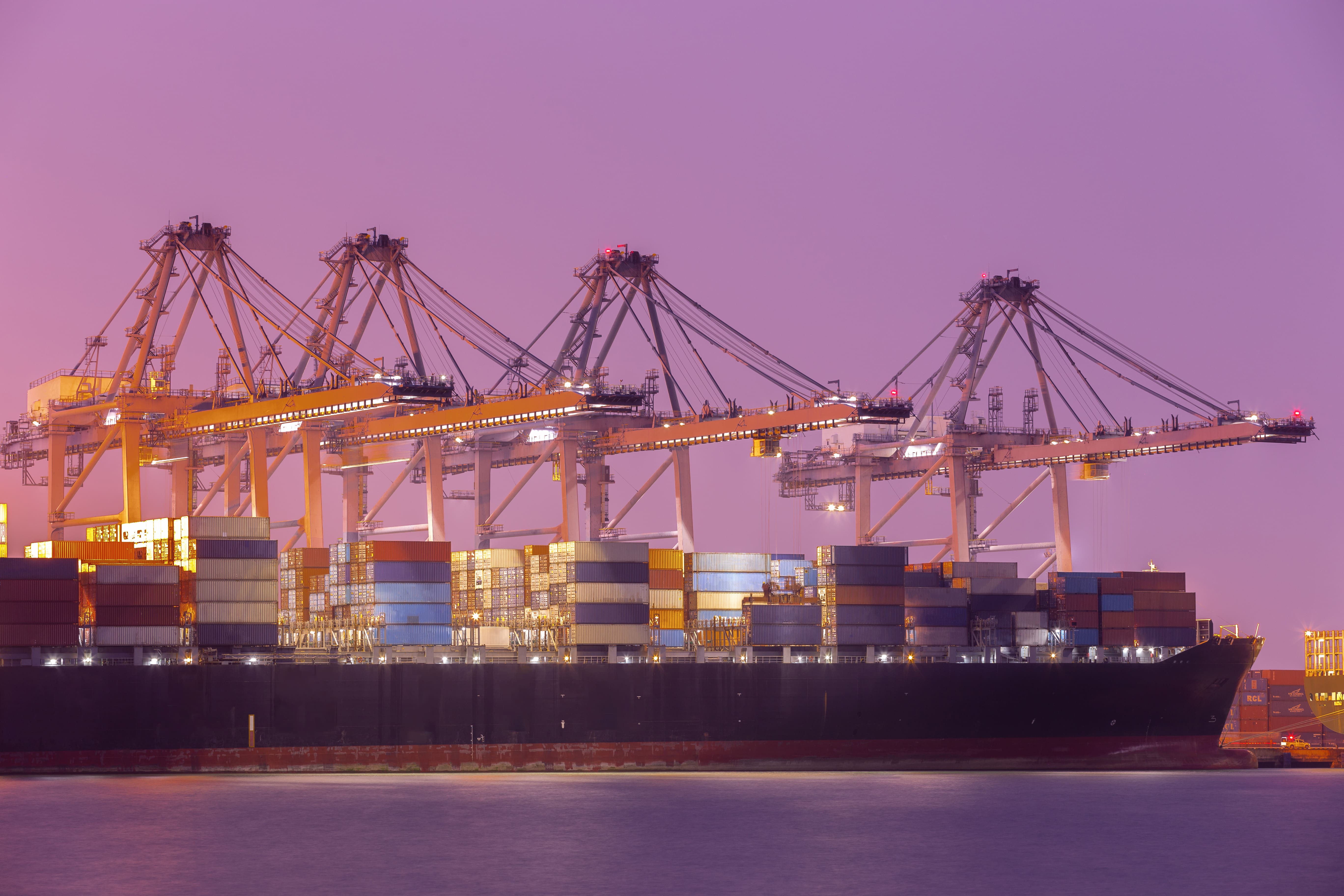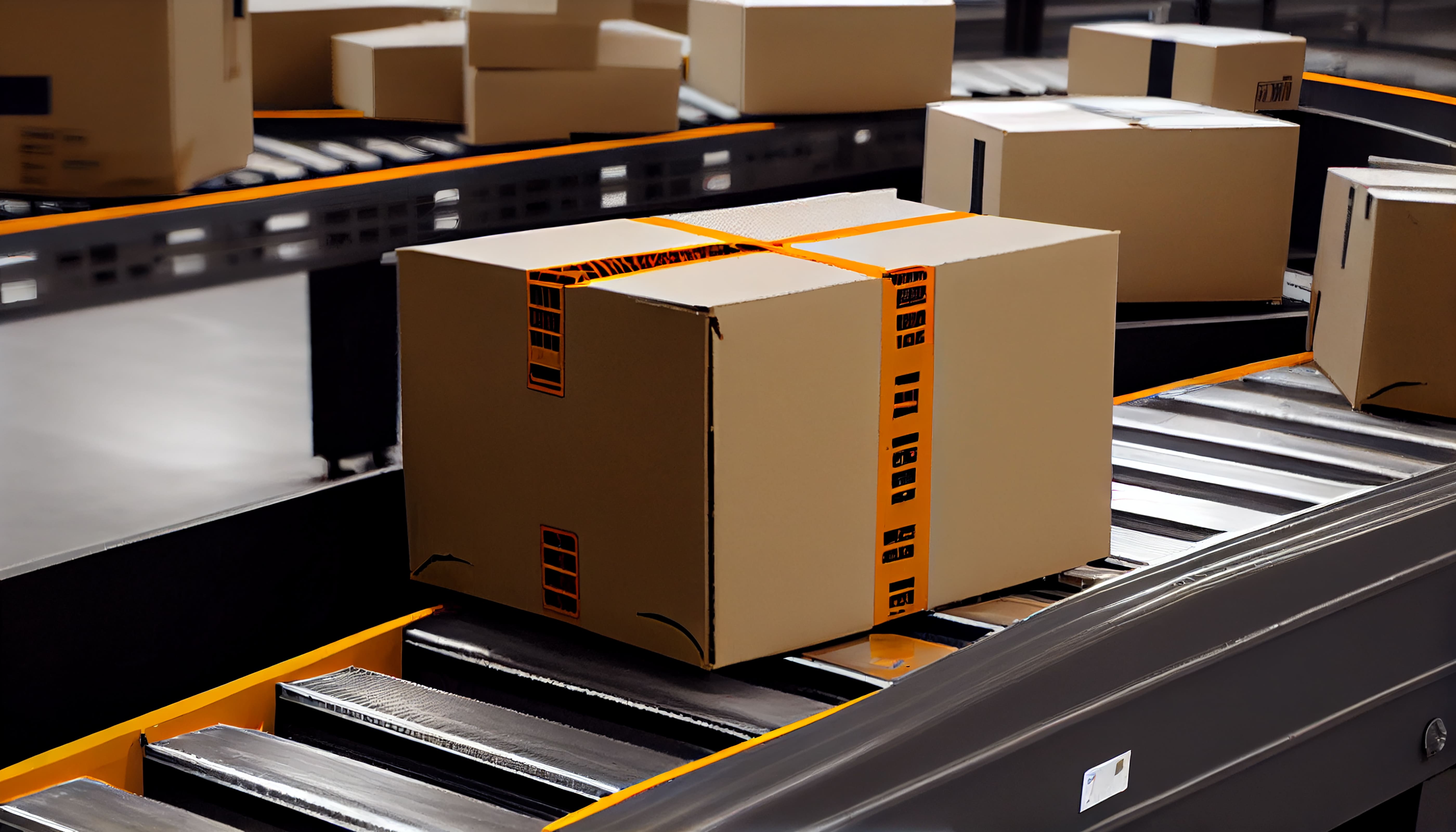Logistics of dangerous goods

Some of the key aspects of dangerous goods logistics are as follows:
Categorisation: Dangerous goods are categorised into different categories according to the type of hazard they pose. These categories are defined by international regulations such as the International Maritime Dangerous Goods (IMDG) Code, International Air Transport Association (IATA) Dangerous Goods Regulations and United Nations Model Regulations.
Packaging and labelling: Dangerous goods must be packaged and labelled according to the specific rules for their classification. This ensures their correct identification and management throughout the transport process.
Documentation: Shippers of dangerous goods must prepare specific documentation, such as a dangerous goods declaration, which provides information on the consignment, including the type and quantity of dangerous goods, their classification and special handling requirements.
Transport: Dangerous goods may be transported by air, sea or road. Each type of transport has its own specific rules and requirements.
Training: Workers involved in the handling and transport of dangerous goods should be properly trained in the relevant rules and procedures.
Some of the challenges associated with the logistics of dangerous goods are as follows:
Complexity of regulations: Regulations governing the transport of dangerous goods can be complex and vary depending on the type of transport and the specific country or region.
Safety risks: The inherent dangers of hazardous materials mean that there is always a risk of accidents or incidents during transport.
Cost: Additional requirements for packaging, labelling, documentation and training can increase the cost of transporting dangerous goods.






